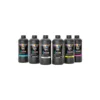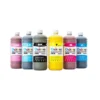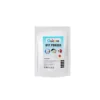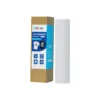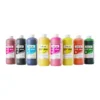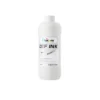Below, we will delve into the technical reasons behind this issue and explain why sublimation ink is not an ideal option for DTF film.
Sublimation Ink On DTF Film: Feasible But With Limited Effect
Among some DIY enthusiasts or budget-conscious users, using sublimation ink to print on DTF film is seen as an “alternative solution.” In theory, sublimation ink can adhere to DTF film, but its working principle is very different from DTF ink:
- Sublimation ink needs to be sublimated at high temperatures, changing from a solid state to a gaseous state, and penetrating into the fibers of the polyester material.
- DTF ink relies on sprinkling hot-melt powder on the surface of the ink and firmly attaching the pattern to the surface of the fabric by heating.
This also means that even if you successfully print on DTF film with sublimation ink, there are still two problems during heat transfer:
- Lack of adhesion: Sublimation ink cannot produce effective adhesion on non-polyester fiber materials (especially dark or cotton fabrics).
- Lack of white ink support: Most sublimation printers do not have a white ink channel, which means that the transferred image can only be used on white or light-colored backgrounds.
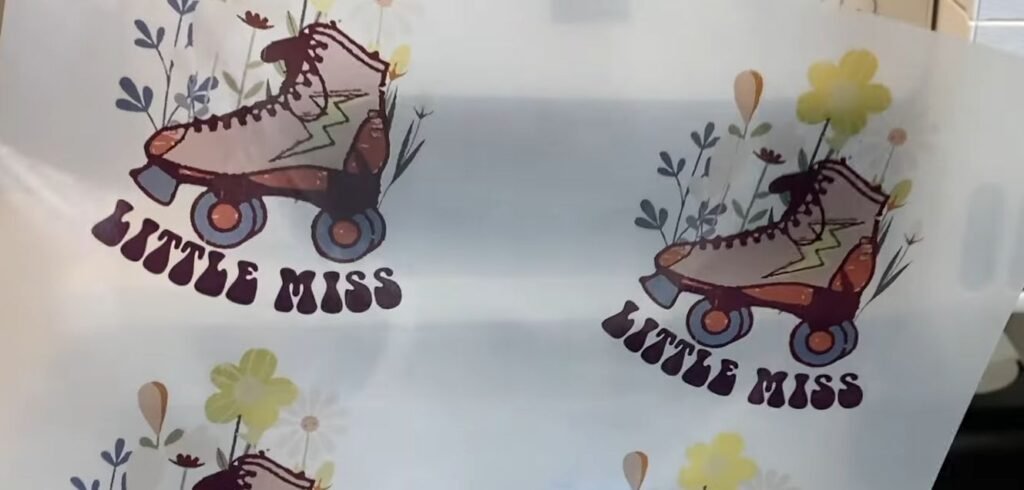
We’ve also discussed the combination of sublimation ink and regular paper before. See: Can You Use Regular Paper With Sublimation Ink?
Why DTF Ink Is Better Suited For DTF Film
Significant Temperature Variations During Processing
Sublimation transfer typically requires a high-temperature environment of 210–220°C for about 25 seconds, which is far beyond the heat resistance range of DTF film, potentially leading to deformation, fading, or damage.
- DTF transfer, on the other hand, typically requires a temperature between 145–165°C and a shorter transfer time (6–15 seconds), which is clearly more in line with the material properties of DTF film.
Different Attachment Mechanisms
DTF ink, when used with hot melt powder, create a strong bond on most fabrics (including cotton, polyester, blends, and even leather), whereas sublimation ink only works on light-colored fabrics with a high polyester content.
Cost-Effectiveness And Equipment Fit
Although some may opt to use sublimation ink and sublimation printers as a low-cost alternative to DTF, this approach is not advantageous in terms of compatibility, output quality, and product diversity, making it unsuitable for commercial or large-scale production.
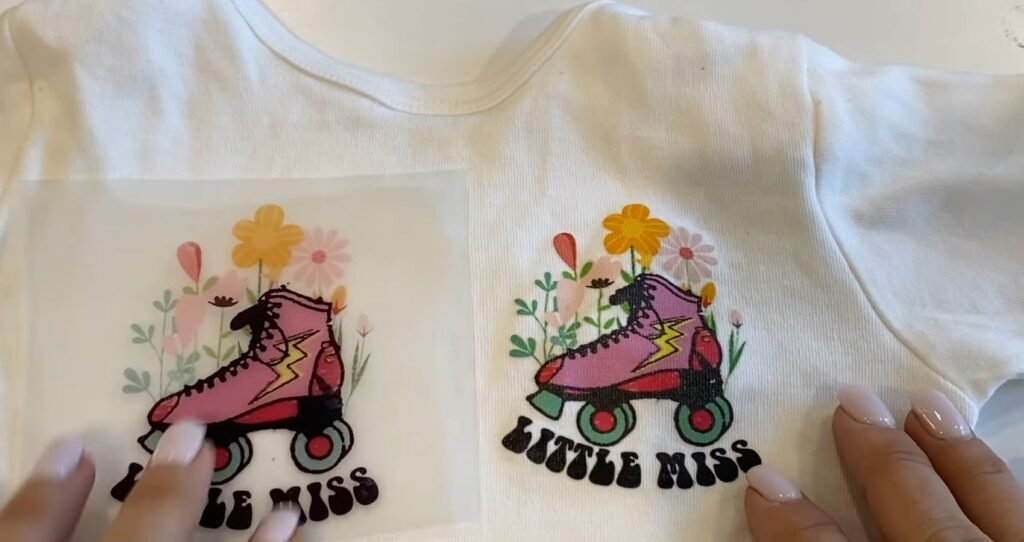
Common Issues When Using Sublimation Ink On DTF Film
Here’s what often goes wrong when attempting this combination:
- Washed-out or unfixed colors on printed designs.
- Incomplete patterns after heat pressing or patterns that fade easily.
- Complete failure on black or dark-colored T-shirts.
- Melting or edge lifting due to high-temperature heat pressing damaging the DTF film surface.
These issues clearly demonstrate that DTF ink is the proper match for DTF film, ensuring better quality, reliability, and versatility.
On Reddit, a user posted relevant records. You can click to view, and the image below shows the results they provided.

FAQ: Related to Sublimation Ink On DTF Film
Q1: Can I test sublimation ink with DTF film for personal projects?
- Yes, but only on light-colored polyester fabrics, and you should expect limited durability.
Q2: Why does the print look faded after transfer?
- Because sublimation ink doesn’t bond to cotton or dark fabrics and lacks adhesion support from hot melt powder.
Q3: Can I get around the white ink issue?
- Not unless you have a white ink-compatible printer, which most sublimation printers are not.
Q4: Is there a workaround using lower temperatures?
- No. Sublimation ink needs high heat to sublimate, and lowering the temperature will stop the ink from transferring properly.
Q5: What’s a better alternative for cotton or mixed fabrics?
- Use a proper DTF setup with DTF ink and DTF film. It supports vibrant color, white ink, and works on all fabric types.
Conclusion: While you can technically use sublimation ink on DTF film, it is not a reliable or professional solution. For best results, always match DTF film with DTF ink. Choosing the right ink-and-media combo is the key to achieving high-quality, durable, and versatile prints.


